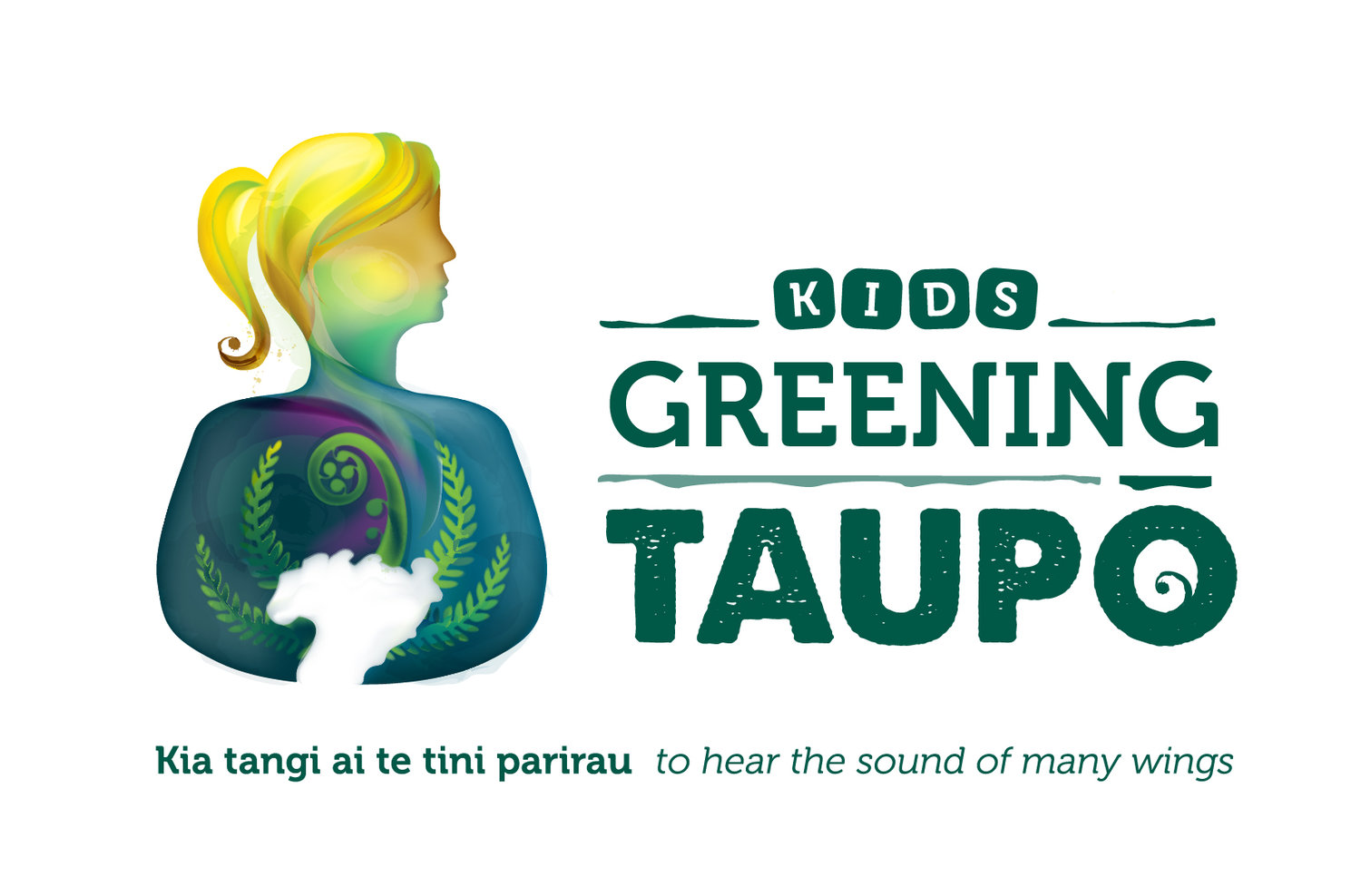Learn about the Cuckoos of Aotearoa
Koekoea, the long tailed cuckoo, taken on Mt Tauhara by our coordinator, Rachel Thompson. The distinctive screeches of koekoea can be heard on Mt Tauhara all summer. Their host pōpokotea can also be seen and heard.
Two of the most interesting birds in Aotearoa (in our opinion) are often heard, rarely seen, and not well known about by many New Zealanders. The pīpīwharauroa (shining cuckoo) and koekoeā (long tailed cuckoo) both have very distinctive calls that can be heard from spring through summer in New Zealand. Although they spend a lot of time in other islands, they are considered endemic to New Zealand as they only breed here.
Māori believed that the call of pīpīwharauroa showed that spring had arrived.
Ka tangi te wharauroa, ko ngā karere a Mahuru,
If the shining cuckoo cries, it is the messenger of spring.
We love telling the stories of these birds. They are very beautiful and clever, but pretty sneaky and cruel too! They fly off to the warmer Pacific Islands for the winter and have a tropical holiday, before flying back to the spot that they were born in Aotearoa to lay their egg. They each have a favoured bird to raise their young (see below), and will cheekily lay their egg in its nest and leave it to be raised by these foster parents. The young birds will soon be much bigger than their tiny foster parents and no longer even fit in the nest, but the parents will still feed them until they are big enough to fly off to the islands by themselves. This story evokes so many questions. How do they know where to fly to on their long journey? How do they innately know to throw the other eggs/chicks from the nest and mimic their foster parents’ call when they are newborn chicks? As cruel as they may seem, you have to admire these clever birds!
Pīpīwharauroa lay their eggs in the nest of the tiny riroriro (grey warbler), known as a beautiful songbird that is also often heard, but rarely seen.
Koekoeā (longtailed cuckoo) lay their eggs in the nest of pōpokotea (whitehead) in the North Island, and mohua (yellowhead) or pīpipi (brown creeper) in the South Island.
Did you know that some people believe Māori may have followed the flight path of pīpīwharauroa to discover Aotearoa? Check out this and other interesting facts about pīpīwharauroa here.
We love this children’s book that tells the story of pīpīwharauroa and shows its flight path.
This song is pretty cool and uses the beautiful illustrations of Heather Hunt.
Hear the distinctive screech of koekoea, the longtailed cuckoo
This well known waiata is about the call of pīpīwharauroa, the shining cuckoo.


